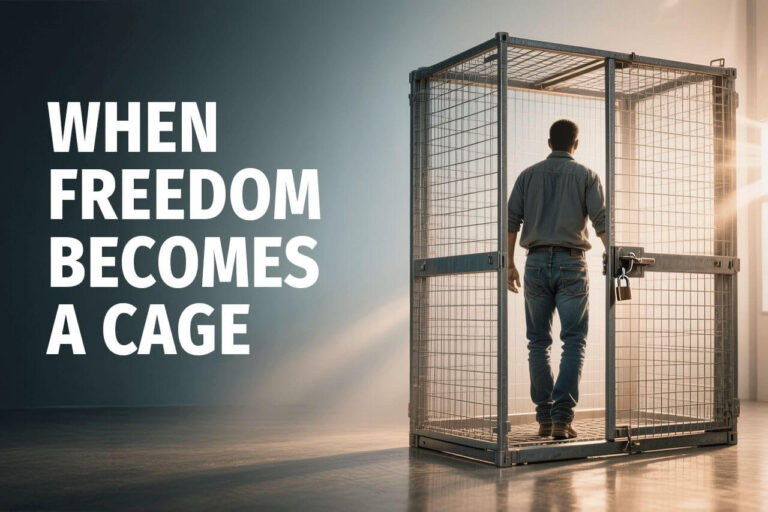For years, my counsel to clients who were undertaking a significant initiative in their business—increasing sales, hiring or discharging a key worker, adding a new service, or making the heart-stopping leap from a smaller boat to a larger one—was to expect some things to fall apart. While I didn’t fully understand the underlying reasons for this at the time, I knew it almost always happened. I now realize this is what William Bridges calls a period of confusion and distress and what spiritual leader Richard Rohr writes about in his book Falling Upward.
Transitioning is a process. It is growth on the part of a CEO as they become more aware of the impermanence of everything around them. It’s part of the natural order of things in business and in life. But it’s a part that many people struggle with. Transitioning is not an event that only happens at the end of a career. While a successful transition of business leadership may be a CEO’s final act of greatness, it certainly isn’t the only one.
Perhaps the biggest transition experienced by many leaders of a growing business is one that takes place under the radar of most other people. It’s the leader’s very own growth and maturing as a business leader, where they develop the skills and business acumen to sail a bigger boat.
In his book Good to Great, author Jim Collins refers to this as Level 5 leadership, writing, “Level 5 leaders are a study in duality: modest and willful, humble and fearless.”
The growth that got leaders to this level never takes place by accident, and it’s almost always accompanied by that pesky in-between period of chaos and uncertainty. It’s this ongoing transition that equips leaders with the skills to lead larger companies and sail bigger boats. But it doesn’t stop there.
Peter Senge, senior lecturer at the MIT Sloan School of Management and author of The Fifth Discipline, writes, “We forget that, in its essence, leadership is about learning how to shape the future… Leadership is about creating new realities.” This applies to our business as well as to ourselves.
Does a leader grow because of the business’s growth or does the business grow because of the leader’s? I will argue it’s a leader’s growth that spurs the company’s.
We’ve all witnessed examples of a company experiencing rapid growth for a short period of time only to retreat to its previous size. This is the equivalent of jumping from one size boat to a larger one, and then back again. The owner and team didn’t have the skills, drive, or business acumen to sail the larger vessel. This is not a judgment, it’s simply an observation. Regardless, this is always a risky endeavor as the chance to fall short of either boat and end up splashing in the water is huge. These splashes are usually painful and expensive but rarely fatal. This is the chaos and uncertainty, that in-between space between an ending and a beginning, that accompanies every transition.
I also suspect this is one of the underlying reasons so many business owners resist making that leap at the end of their career. The splash in the water of uncertainty can be terrifying to them, especially if they don’t have that next, safe place to land. I’ll talk more about this in Part IV of this series.



